SXSW At
An in-depth look at some of Austin's most fabled SXSW venues | Part 2
The Continental Club - Photo by Hans Watson
An in-depth look at some of Austin's most fabled SXSW venues | Part 2
By Andy Smith
11/27/2019
SXSW started in 1987 and since then, venues all over central Austin have showcased performances by tens of thousands of artists. But, only one place has been an official SXSW venue for all 33 years. A linchpin of the South Congress Avenue business district since 1955, the venerable Continental Club remains true to its live music roots, even as the city outside keeps changing.
In the early 20th century, South Congress Avenue’s business district, where the Continental Club is located, served the neighborhoods growing around it. Prior to the completion of Tom Miller Dam in 1940, the area closer to the Colorado River was prone to regular flooding, so the businesses were concentrated higher on the hill.
However, after the flood control measures were put in place, the land closer to the river became open for development. Prior to the building of the I-35 freeway, South Congress was also the main southbound road out of town. Since this land availability coincided with the post-war car travel boom, several motels popped up in the empty tracts along South Congress, including the Hotel San José and the Austin Motel, which remain in operation today.
The Continental Club opened in February 1955 at 1315 South Congress. The building had been a laundromat and possibly a garage before its original owner, Morin Scott, turned it into a stylish nightclub with live entertainment. To fit in with the name, Scott hired a local artist to paint fanciful European street scene murals on the walls, which were eventually covered by later proprietors with paneling, wallpaper and paint.
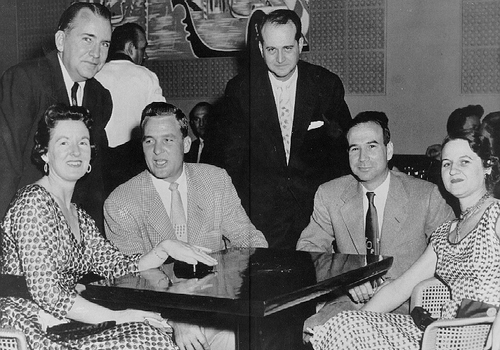 Photo of The Continental Club Owners, 1957
Photo of The Continental Club Owners, 1957
“Scott had a club in Houston and another place in Hot Springs, Arkansas,” explains Steve Wertheimer, the Continental’s current owner. “And he decided to get a spot in Austin, so he could have this triangle of nightclubs that he could run different touring bands through.”
In the ’60s, the club cycled through various operators, including one who hosted some of Austin’s first burlesque shows, resulting in a liquor license suspension for public indecency in December 1966. By the early ’70s, it was a neighborhood tavern known for opening at 7am with a happy hour for the local night shift workers. In 1972, after new state legislation was passed, it became one of the first bars in the city to be licensed to sell liquor by the drink.
In the late ’70s, the operators of a dive bar called the One Knite (located where Stubb’s BBQ is now) effectively moved their blues-centric operation to the Continental Club. “That’s when the music within these four walls really got serious,” says Wertheimer. “That’s when Stevie Ray Vaughan was playing down here, Joe Ely, Doug Sahm …”
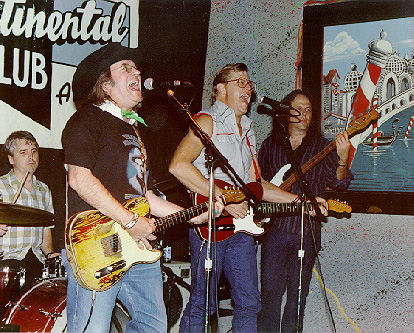 Doug Sahm – Photo courtesy of The Continental Club
Doug Sahm – Photo courtesy of The Continental Club
In the mid-1980s, Mark Pratz and J’net Ward, owners of the beloved larger venue Liberty Lunch, leased the club and turned it into a center of new wave and what was then called “college rock.” In addition to bands from the vibrant local scene, they booked shows by the likes of the Replacements and Sonic Youth, who even released an official bootleg of its 1986 show. Yet despite often being packed to the rafters for big events, the club struggled with the dual factors of the city’s mid-’80s economic recession (at the time, Austin had one of the highest commercial vacancy rates in the country), combined with the South Congress area’s seedy reputation.
Wertheimer came to Austin in 1976 to attend the University of Texas, but he was also a blues lover and got a job at the Rome Inn, a campus-area spot that hosted the likes of the Fabulous Thunderbirds and Vaughn. “I was a student at UT, but all I could think about was owning a club,” Wertheimer confesses. The Rome Inn was managed by Austin club legend C-Boy Parks, who mentored Wertheimer and influenced him enough to eventually open the C-Boy’s Heart & Soul club (located at 2008 South Congress) as a tribute in 2014.
“In those fledgling years of the club, it was tough. And I couldn’t wait for SXSW because it was enough of a windfall that it could get me through an entire year, or at least give me enough cushion to get all the bills paid.”
After graduating and becoming a CPA, Wertheimer went to work for a real estate developer but also ended up becoming part-owner of Ski Shores Cafe, a humble waterfront joint on what was then a remote stretch of Lake Austin. In the midst of juggling both his day job and operating Ski Shores, some regular customers made him a surprise offer.
“They said, ‘Hey, you know our family’s got this place down on South Congress,’ ” Wertheimer remembers. “ ‘You guys have done such a great job with Ski Shores, would you be interested in this place called The Continental Club?’ ”
Wertheimer arranged the financial backing and took over the club’s lease in 1987. He then took three months to renovate it, inspired by the idea of restoring its ’50s roots. This involved restoring the original neon sign, which had been altered over the years, and overhauling the club’s interior, which included uncovering the original murals.
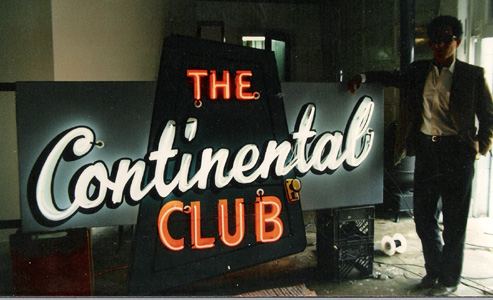 Photo courtesy of The Continental Club
Photo courtesy of The Continental Club
“When we started doing the demolition on the walls, these were behind there,” he explains about the murals. “They were in pretty good shape, but they were all smoked out.” Wertheimer called in an artist friend to colorize and touch them up and brought the artwork back to life.
The new club opened on New Year’s Eve 1987 with a performance by the legendary local barrelhouse piano player, Roosevelt “Grey Ghost” Williams. The Grey Ghost had performed and toured extensively during the 1920s and ’30s, even getting national airplay with his 1940 song “Hitler Blues” before moving to Austin and becoming a school bus driver.
By the mid-1980s, the Grey Ghost was long-retired from performing but while already in his mid-80s, was brought back by local musicologist Tary Owens to local and eventually national acclaim. He held down a weekly happy hour residency at the Continental Club until his death in 1996 at age 92. He was also known fondly in SXSW circles for his stunning performance opening the first SXSW in March 1987.
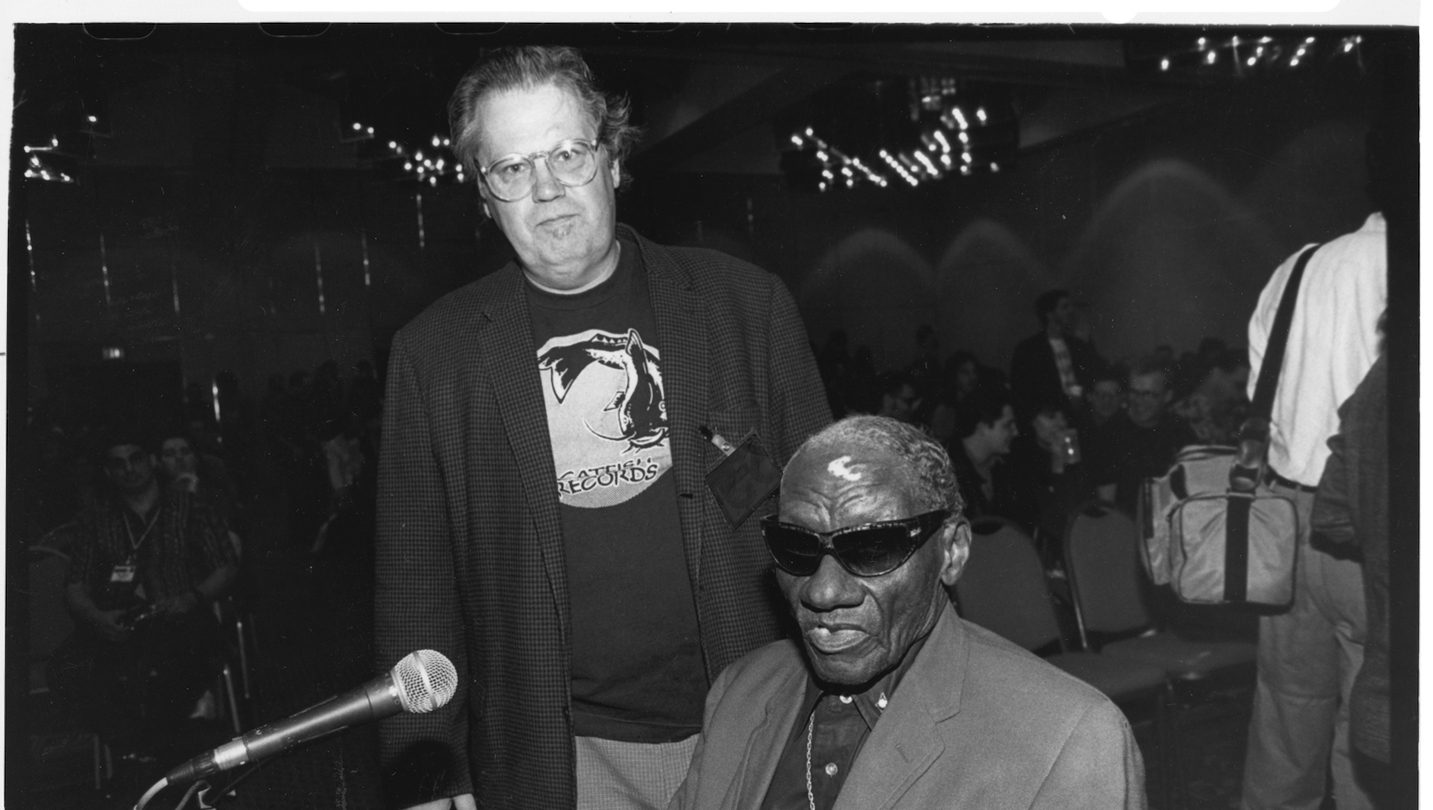 Tary Owens with The Grey Ghost, SXSW 1992 – photo by Martha Grenon
Tary Owens with The Grey Ghost, SXSW 1992 – photo by Martha Grenon
After the reopening, the revamped Continental Club took time to get on firm footing. “South Congress back then, man … it was super rough down here,” Wertheimer remembers. “It was hard to get people to come down.”
But he dug in and stayed with slow but steady progress. In 1989, the club was filmed for a scene in Richard Linklater’s landmark indie film, Slacker. Wertheimer continued to present local blues legends like the Grey Ghost, T.D. Bell and Erbie Bowser, while also tapping into the local roots country, rockabilly and blues scenes to draw regular crowds who had tired of dealing with Sixth Street’s crowds and hassles. In addition, touring bands came through and helped export the club’s name and reputation nationally.
During these years, as Wertheimer explains, SXSW played a key role in helping the Continental Club stay solvent: “In those fledgling years of the club, it was tough. And I couldn’t wait for SXSW because it was enough of a windfall that it could get me through an entire year, or at least give me enough cushion to get all the bills paid.”
As the ’90s wore on, the avenue outside the club began to slowly change. Restaurants, including Güero’s, opened, as well as small boutiques and shops that began to change the area’s rough reputation. The Continental Club continued to thrive, hosting such unforgettable occasions as when Buck Owens himself showed up for the annual Buck Owens tribute night and was compelled to show his disciples exactly how it was done.
Around this time, Liz Lambert, an attorney who wanted to get into the hotel business, acquired the downtrodden San Jose Motel across the street from the club. Wertheimer was one of Lambert’s investors, helping her eventually unveil the renovated Hotel San José in 2000, as well as the popular Jo’s Coffee next door. The new San José helped bring more tourist attention to South Congress and earned international renown in the process, while also launching Lambert’s Bunkhouse Group of boutique hotels, which includes two others in the South Congress area (Austin Motel and the Hotel Saint Cecilia) and another (the Hotel Magdalena) scheduled to open in 2020.
Over the ensuing 20 years, as the Continental Club has continued to host such amazing events as shows by Link Wray, two nights of Robert Plant with Patty Griffin, and even a surprise late night show by The Killers, not to mention SXSW showcases by the likes of Kris Kristofferson, the neighborhood around the club has changed dramatically. The area that was once Austin’s vice central has become one of the city’s prime visitor destinations. However, that trendiness threatens to erase the local vibe that proprietors like Wertheimer hold dear.
“It’s bittersweet for me,” he says about the turnaround. “There was a point where I was OK with everything happening; it was a lot of local stuff and a lot of my friends were down here opening up their places. It’s been great ... Now in the last two to three years, because of how popular it’s gotten, there are a lot of people nationally paying attention. And I understand economics, but to see the buildings that are being razed now and what’s being put in their place, I just feel like it’s losing a lot of its soul.”
Still Wertheimer has no plans to move on. “I’m gonna keep doing what I do,” he says. “We own this building, and it’s not going anywhere … The sweet side is that there’s a lot of business down here. On a Saturday or Sunday afternoon, the amount of pedestrian traffic is just unbelievable.”
So amidst the changing atmosphere outside, the Continental Club looks destined to hold down its spot on South Congress, drawing musicians and listeners into its fabled but still comfortable confines. “It’s a pretty magical place,” Wertheimer concludes. “A lot people walk in here, and it’s much smaller than what they envisioned just because of what’s been produced here. They come in thinking it’s gonna be some grandiose thing, and it’s like ‘This is it. This is where it all happens.’ ”
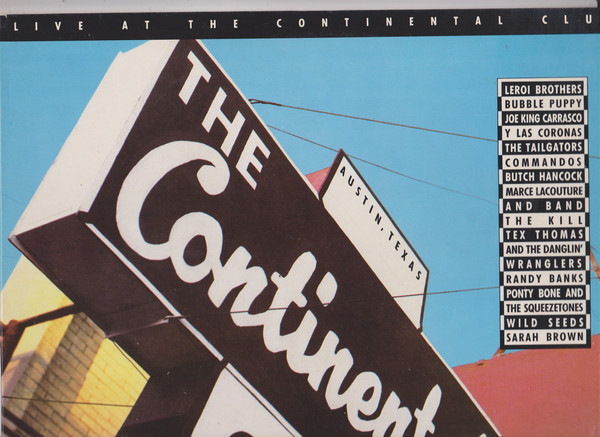 Various Artists: Live At The Continental Club
Various Artists: Live At The Continental Club
1985 compilation from Profile Records with Joe King Carrasco, LeRoi Brothers, Tailgators, Butch Hancock, Bubble Puppy, Wild Seeds and more. Document of early/mid-’80s Austin Scene.
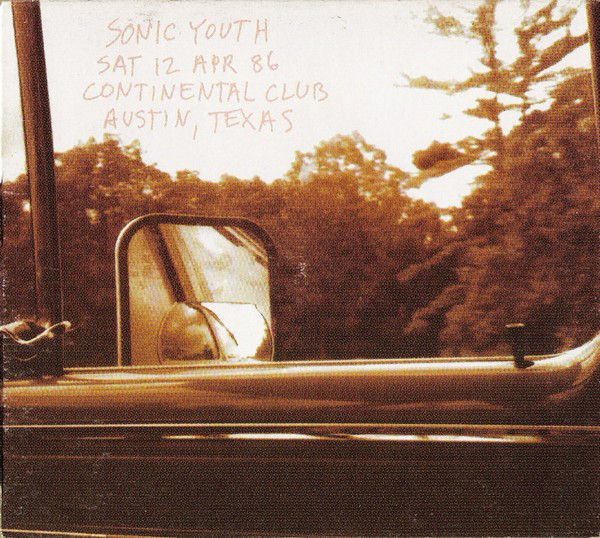 Sonic Youth: Live At The Continental Club
Sonic Youth: Live At The Continental Club
Sonic Youth official bootleg (recorded in ’86 and released in ’92 as a fan club promo).
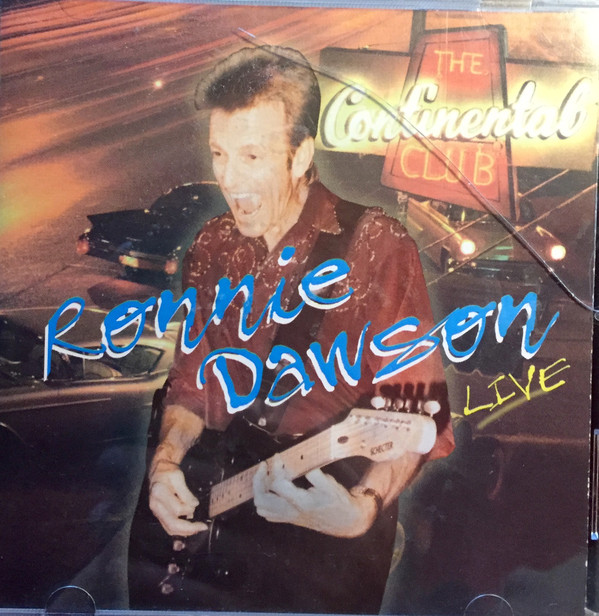 Ronnie Dawson: Live At The Continental Club
Ronnie Dawson: Live At The Continental Club
1998 release by rockabilly legend, prior to his death in 2003. On Continental Records.
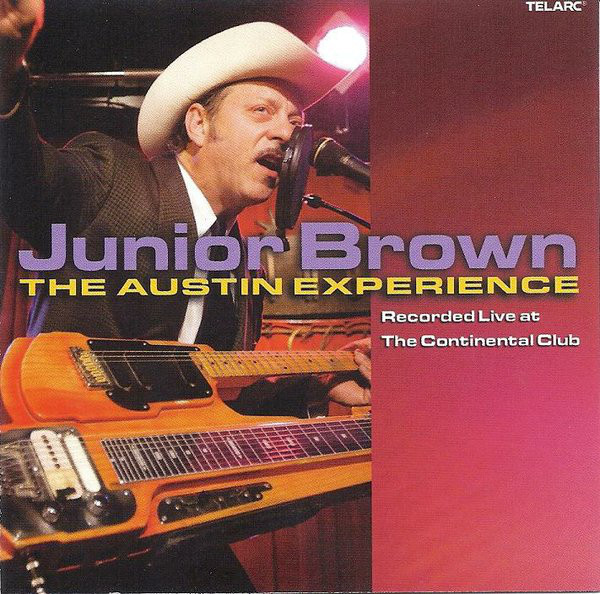 Junior Brown: The Austin Experience Recorded Live At The Continental Club
Junior Brown: The Austin Experience Recorded Live At The Continental Club
2005 release of Continental Club regular. Telarc label now part of Concord Music Group.
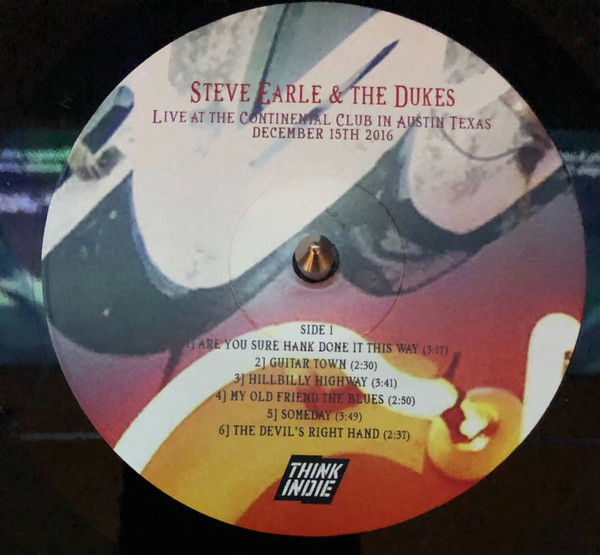 Steve Earle & The Dukes – Live At The Continental Club In Austin Texas
Steve Earle & The Dukes – Live At The Continental Club In Austin Texas
2018 Record Store Day special release.
This feature is the second installment of “SXSW At," a SXSWorld Magazine series that explores some of the iconic venues in Austin you'll find yourself in at SXSW – stay tuned for more.

By Shelley Hiam, March 31
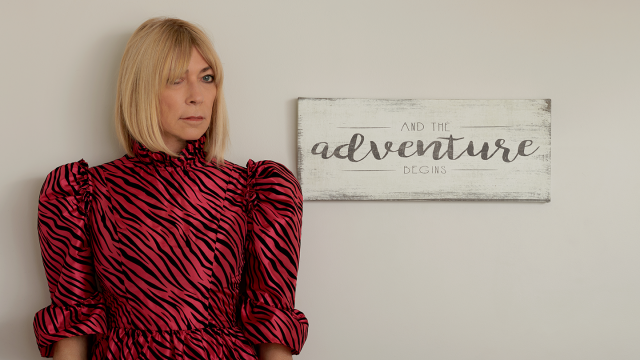
By SXSWorld Magazine, February 29
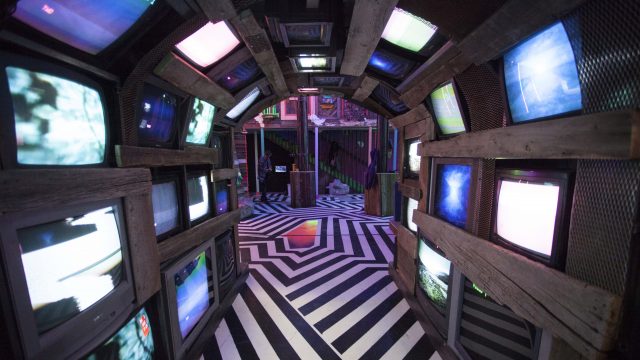
By SXSWorld Magazine, February 26